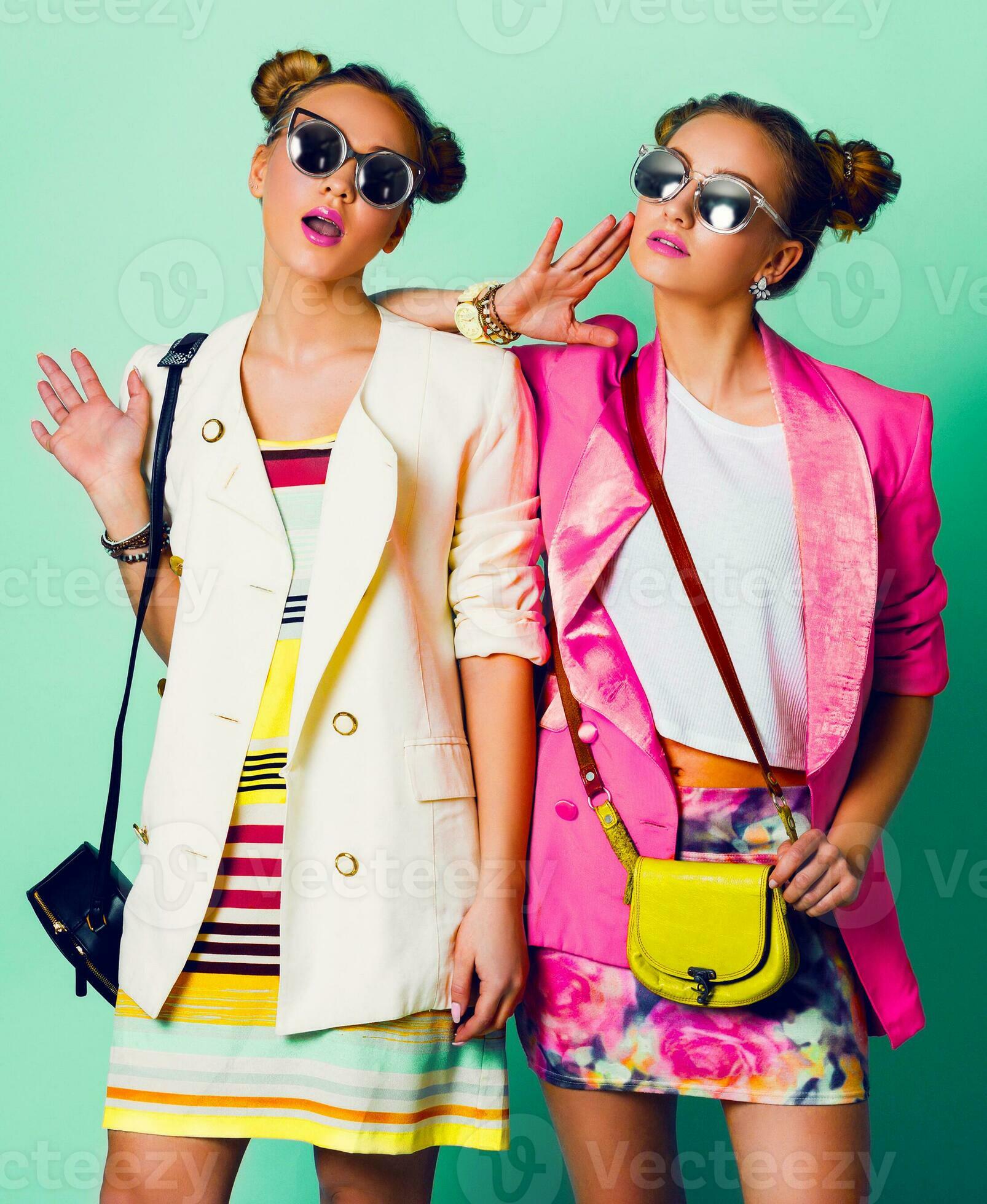Fashion is more than just clothing; it’s a reflection of society, culture, and individual identity. Through the ages, the evolution of fashion has been a dynamic narrative, weaving through history, leaving an indelible mark on every era it touches. From the elaborate garments of ancient civilizations to the minimalist styles of the 21st century, the story of fashion is one of innovation, revolution, and reinvention. In this article, we embark on a journey through time to explore the fascinating evolution of fashion, tracing its roots, milestones, and enduring legacies.
Ancient Origins of Fashion
Fashion finds its roots in the ancient civilizations of Mesopotamia, Egypt, Greece, and Rome. Mesopotamian attire, characterized by draped garments and intricate accessories, set early standards for clothing aesthetics. Egyptian fashion, influenced by climate and culture, introduced innovations such as linen fabric and symbolic adornments like amulets and headdresses. Meanwhile, Greek and Roman attire showcased draped tunics, togas, and sandals, reflecting the values of democracy and citizenship.
Medieval Fashion
In the medieval period, fashion was dictated by the feudal system and sumptuary laws, which regulated clothing based on social status. The rise of tailoring marked a shift towards tailored garments, heralding the beginning of individualized fashion.
Renaissance and Baroque Elegance
The Renaissance era witnessed a resurgence of arts and culture, reflected in fashion through opulent fabrics, elaborate embroidery, and intricate lacework. Royal courts became epicenters of fashion, with monarchs setting trends and patronizing renowned designers.
Enlightenment and Neoclassical Trends
The Age of Enlightenment brought forth a new era of rationality and simplicity in fashion. Neoclassical influences led to the revival of ancient Greek and Roman styles, characterized by clean lines, draped silhouettes, and classical motifs.
Industrial Revolution and Victorian Era
The Industrial Revolution revolutionized fashion with mass production, making clothing more accessible to the masses. The Victorian era, marked by Queen Victoria’s reign, saw fashion reflecting the values of morality, modesty, and social status. Symbolic elements like crinolines and corsets epitomized Victorian fashion ideals.
Roaring Twenties and Art Deco
The 1920s, known as the Roaring Twenties, ushered in an era of liberation and decadence. Women embraced shorter hemlines, loose silhouettes, and bold accessories, challenging traditional gender norms. The Art Deco movement influenced fashions with its geometric patterns, sleek lines, and luxurious embellishments.
World War Era and Utility Clothing
The World War era brought about significant changes in fashions due to rationing and practicality. Utility clothing became prevalent, emphasizing functionality over frivolity. Military uniforms inspired designs, leading to innovations like the trench coat and cargo pants.
Mid-20th Century Fashion Revolutions
Post-war rejuvenation sparked fashions revolutions like the Youthquake and the rise of counterculture movements. Designers like Mary Quant and Yves Saint Laurent pioneered youth-oriented styles, challenging conventional fashions norms.
Contemporary Fashion Trends
In the contemporary era, globalization and technological advancements have transformed the fashions landscape. Fast fashions dominates markets, fueled by consumer demand for trendy yet affordable clothing. However, there’s a growing movement towards sustainable fashions, driven by concerns over environmental impact and ethical practices.
Technological Advancements in Fashion
Technology has revolutionized the way we design, produce, and consume fashions. Digitalization has facilitated e-commerce platforms, allowing consumers to shop online from anywhere in the world. Wearable technology is also making waves, with smart fabrics and accessories merging fashions with functionality.
Cultural Diversity and Inclusivity
The fashions industry is undergoing a paradigm shift towards inclusivity and diversity. There’s a growing emphasis on representation, with designers and brands celebrating different cultures, body types, and identities. Fashions has become a platform for empowerment and self-expression, challenging stereotypes and promoting acceptance.
Future of Fashion
As we look ahead, the future of fashions is intertwined with technology and sustainability. AI and predictive analytics are shaping the way we design and personalize clothing, offering customized experiences for consumers. Virtual fashions experiences are also gaining traction, blurring the lines between physical and digital realms.
Impact of Fashion on Society
Fashions holds significant influence over society, impacting our perceptions of beauty, identity, and status. It plays a crucial role in shaping cultural norms, economic trends, and environmental sustainability. However, it also raises important questions about consumerism, labor practices, and social responsibility.
Environmental Sustainability
The fashions industry is facing increasing scrutiny over its environmental footprint. From pollution and waste to ethical sourcing and labor practices, sustainability has become a central concern for both consumers and industry stakeholders. Eco-friendly initiatives like recycling, upcycling, and circular fashions are gaining momentum, offering viable solutions to mitigate fashion’s impact on the planet.
Conclusion: Fashion Through Time
The evolution of fashion is a testament to humanity’s creativity, innovation, and adaptability. From ancient civilizations to modern-day runways, clothing has transcended mere utility to become a powerful form of expression, communication, and cultural identity. As we navigate the complexities of the fashions industry, let us embrace its rich history while striving towards a more sustainable, inclusive, and ethically conscious future.
